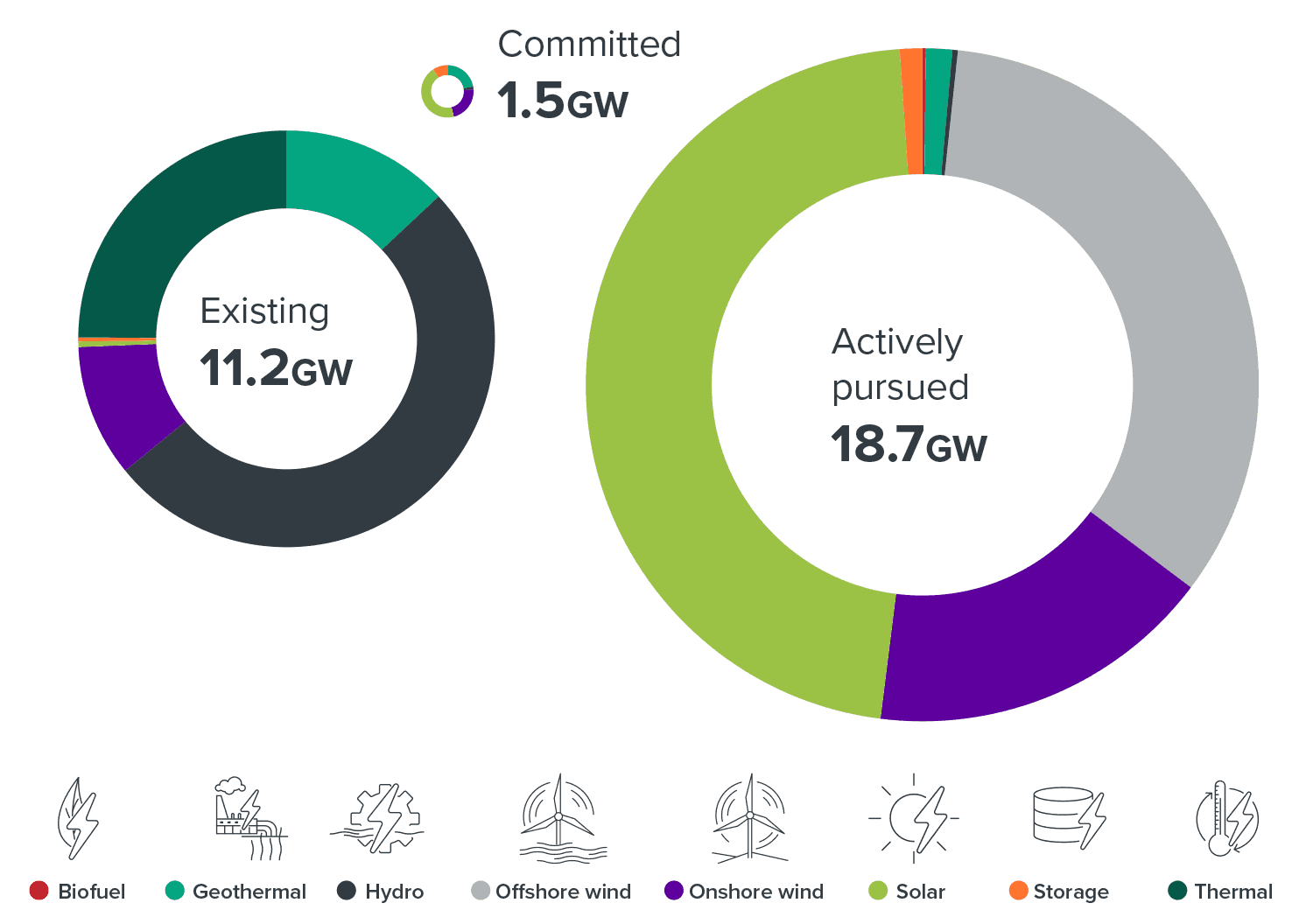Content
Content
Draft National Infrastructure Plan
6.1. Context: The options available to us exceed what we can build | Te Horopaki: Kei tua noa atu ngā kōwhiringa e wātea ana ki tā mātau e taea ai te hanga
Infrastructure providers across central government, local government, and the commercial sector are looking to the future. Subject to the constraints and incentives imposed by their operating environment, they are planning and investigating projects, and programmes of small projects, that could be built in the future to respond to current and future needs.
Unfunded projects in the planning stages represent the options that are available to us. Because these projects are unfunded, we have not yet committed to build them or signed contracts. They are in the planning stage, and further work is needed before we can be sure we should make funding commitments (Box 18). This planning work is important to present decision-makers with real investment options that are sufficiently advanced to provide confidence that if they commit funding to the project, it will meet a strategic need, provide value for money, and is able to be delivered.
We will have to prioritise what to build. It’s a good thing to have choices. It means we can respond to growing and changing demand over time and ensure our limited resources are deployed where they can make the most difference at any point in time. Decision-makers will need to choose which projects to deliver and which to defer. To do so, they need a good understanding of all the investment options available, their expected benefits, and how ready they are for investment.
The National Infrastructure Plan sets out a framework and broad direction for investment priorities. To support implementation of this approach, the draft Plan also includes information on 150 initiatives valued at above $100 million that are currently in planning. We rely upon information submitted to the National Infrastructure Pipeline by infrastructure providers, rather than proposing new projects that are not currently in planning.
All the listed project options require evaluation. This includes the development of business cases in line with relevant requirements before they are formally approved for funding and delivery. Projects are generally prioritised for funding through infrastructure providers’ existing governance arrangements, which differ for central government, local government, and commercial entities. They should begin with setting strategies and goals, and then subsequently identifying specific needs or challenges to be addressed.
The Infrastructure Priorities Programme provides information on readiness for some large projects. A select set of projects have been voluntarily processed through the first round of a standardised and independent assurance process that gives a view on project readiness at three stages of planning.
Improved prioritisation of projects across the full portfolio is possible. The continued application of the Infrastructure Priorities Programme will, over time, give central government decision-makers the information needed to robustly prioritise large projects. More broadly, implementation of recommendations in the National Infrastructure Plan will lift the capability of central government infrastructure providers to identify their needs, plan ahead, and prioritise projects for funding.

Note: “Committed projects” are those where an unconditional final investment decision has been made. “Actively pursued projects” are those where a site has been identified and the developer has started actively considering at least one of: finance, connection, consents, etc. This excludes consented projects that appear unlikely to proceed based on current information.
Figure 34: Electricity generation investment pipeline
Box 18
The electricity generation investment pipeline
The Electricity Authority has surveyed electricity generators about the projects they are intending to build or which they are actively investigating and when these could be commissioned.
The most recent survey shows that enough renewable electricity projects are being ‘actively pursued’ to almost triple New Zealand’s electricity generation capacity (Figure 34). Overall electricity output would not increase by quite as much, because most of these projects are wind and solar farms that do not generate electricity all the time.
These projects will not be built all at once, and some will not be built at all. However, investigating many projects will ensure we have options to increase electricity supply to meet our decarbonisation goals, provided that demand for electricity materialises.
Source: ‘Investment pipeline: A summary of generation and responses to the 2023 investment survey’. Electricity Authority (2024).